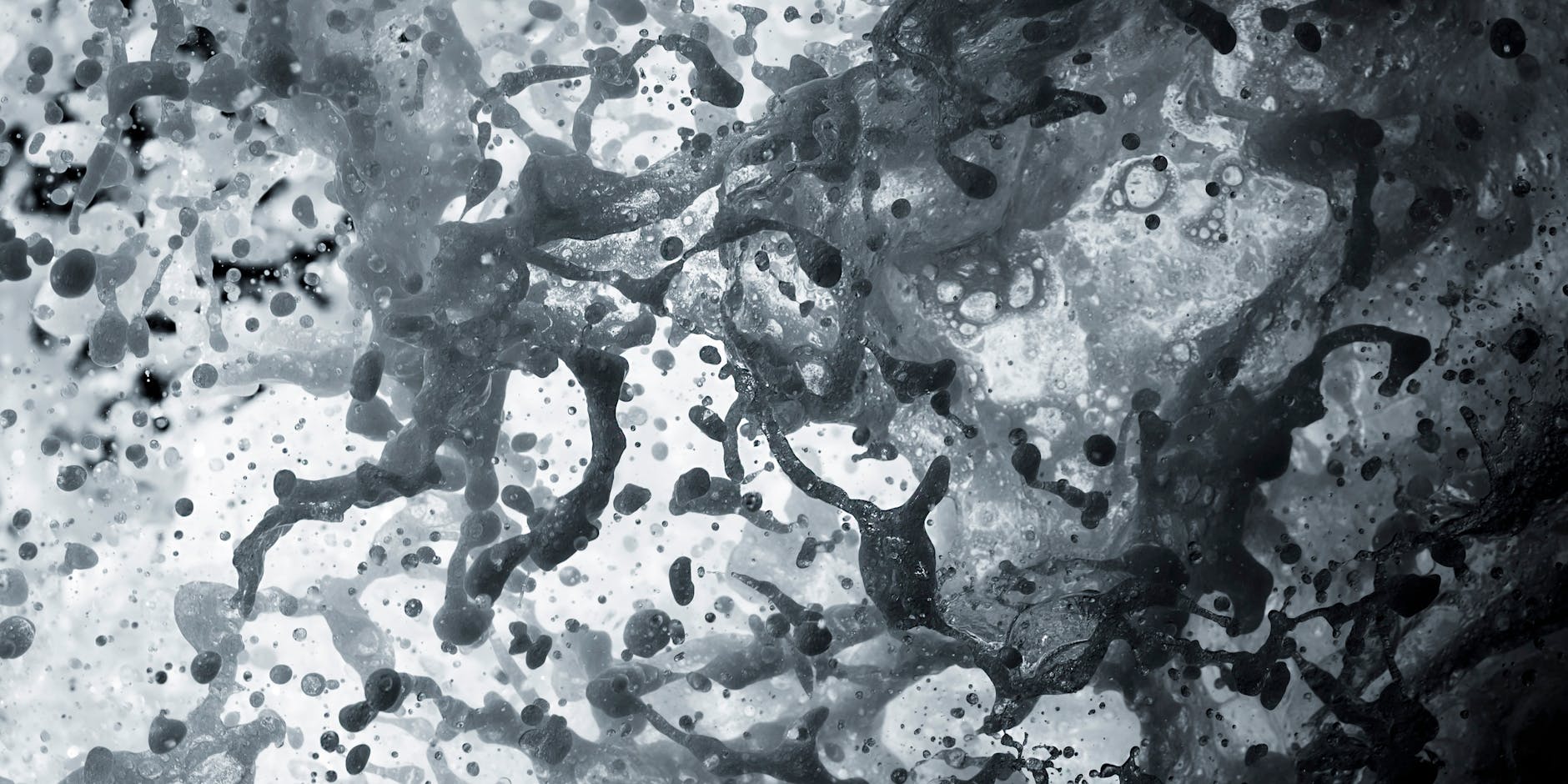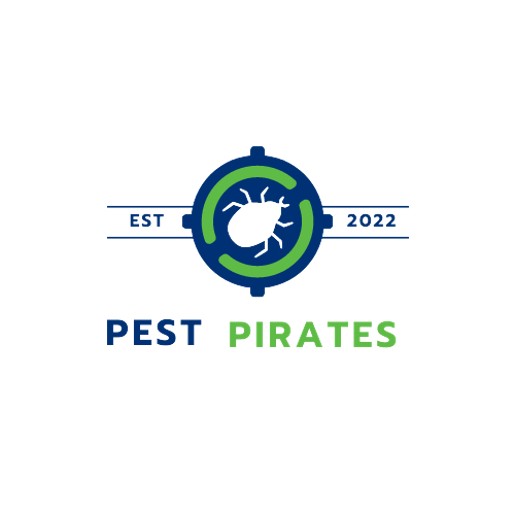
Understanding Termite Infestations
Termite infestations can be a serious concern for you as a homeowner, particularly in areas with high humidity. These silent destroyers can cause significant structural damage to your home if not detected and controlled in time.
Impact of Humid Climates
In a humid climate, such as that found in Florida, termites find the perfect breeding ground due to the abundance of moisture (McCall Service). The warmth and humidity facilitate the growth of termite colonies and increase their activity, making them more likely to infest your home. Termites are particularly drawn to moist wood, which is more common in humid regions.
The geographic location of your home plays a significant role in the type of termites you may encounter. For instance, subterranean termites are prevalent in many humid areas and are notorious for causing extensive damage due to their large, underground colonies (LuvALawn). Understanding the behavior of termites in relation to the climate is key to implementing effective termite treatment strategies.
Signs of Termite Infestations
Being vigilant and recognizing the early signs of a termite infestation can save your home from severe damage. Here are some indicators that termites may have taken up residence in your home:
- Mud Tubes: Subterranean termites build protective tunnels made of mud, saliva, and feces to travel between their colony and food sources. These tubes are often found near the foundation of homes.
- Damaged Wood: Wood that sounds hollow when tapped or appears to be crumbling can be a sign of termite activity. Termites consume wood from the inside out, leaving a thin veneer of timber or paint.
- Frass: Drywood termites create wood-colored droppings called frass, which you might find in piles near wooden structures.
- Swarmers: The presence of winged termites or discarded wings inside your home can indicate that a termite colony is trying to establish new colonies.
To better understand these signs, visit our in-depth guide on signs of termite infestation. Additionally, familiarize yourself with the types of termites that could be affecting your home. If you suspect termite activity, it’s crucial to take action immediately to prevent further damage. You can explore DIY methods or seek help from a reliable termite control company to assess and address the issue. Remember, early detection and treatment are essential for protecting your home against the destructive force of termites.
Effective Termite Treatment Options
When you’re facing a termite infestation, especially in humid climates, it’s crucial to weigh your options carefully. You can choose between DIY methods and professional services, as well as select between liquid treatments and fumigation. Each has its advantages and considerations.
DIY vs. Professional Services
When deciding between DIY and professional termite control, consider the severity of the infestation and the potential damage to your home’s structure. While DIY approaches can be cost-effective and reduce the risk of damage, they may not always be sufficient for extensive infestations common in humid climates such as Florida. Professional services, like those from McCall Service, provide more comprehensive solutions that can offer long-term protection.
| Method | DIY | Professional |
|---|---|---|
| Initial Cost | Lower | Higher |
| Long-Term Effectiveness | Variable | More reliable |
| Expertise Required | Higher (self) | Provided |
| Time Commitment | Higher (self) | Lower (service) |
For more details on DIY termite control methods and when to consider professional help, explore diy vs professional termite treatment.
Liquid Treatment vs. Fumigation
When comparing liquid treatments to fumigation, you need to consider immediate protection versus long-term results. Liquid treatments are often preferred for their immediate action and cost-effectiveness, especially for smaller structures. They can be applied to soil adjacent to structures or directly to nests and shelter tubes. On the other hand, fumigation involves using lethal gas, such as Sulfuryl Fluoride, to eliminate termites from a structure entirely. It’s a more intensive method that can be necessary for severe infestations.
| Treatment Type | Liquid | Fumigation |
|---|---|---|
| Effectiveness | Immediate protection | Complete elimination |
| Cost | Often cheaper | Higher |
| Application | Soil treatment or direct to nests | Entire structure |
| Residual Impact | None | None |
For a deeper understanding of liquid treatments, including environmentally friendly options like chlorantraniliprole and fipronil, read about chemical termite treatments. If you’re considering fumigation, learn more about the process and safety precautions at termite fumigation process.
Remember, the best termite treatment strategy for your home will depend on various factors, including the extent of the infestation, the type of termites you’re dealing with (types of termites), and the specific challenges presented by humid climates. Whether you opt for a DIY approach or seek professional services, ensure that you’re well-informed about the available termite treatment options for your home’s protection.




